Regular home maintenance is often overlooked, yet small problems can turn into serious hazards when left unattended. Many areas age gradually, and without occasional inspections, they may become unsafe in ways homeowners don’t immediately notice. Understanding which spaces are most vulnerable helps prevent costly repairs, structural issues, and potential accidents. This guide explores several key places that can become dangerous over time, offering insight into when they were likely built and what signs deserve attention.
1. Foundations
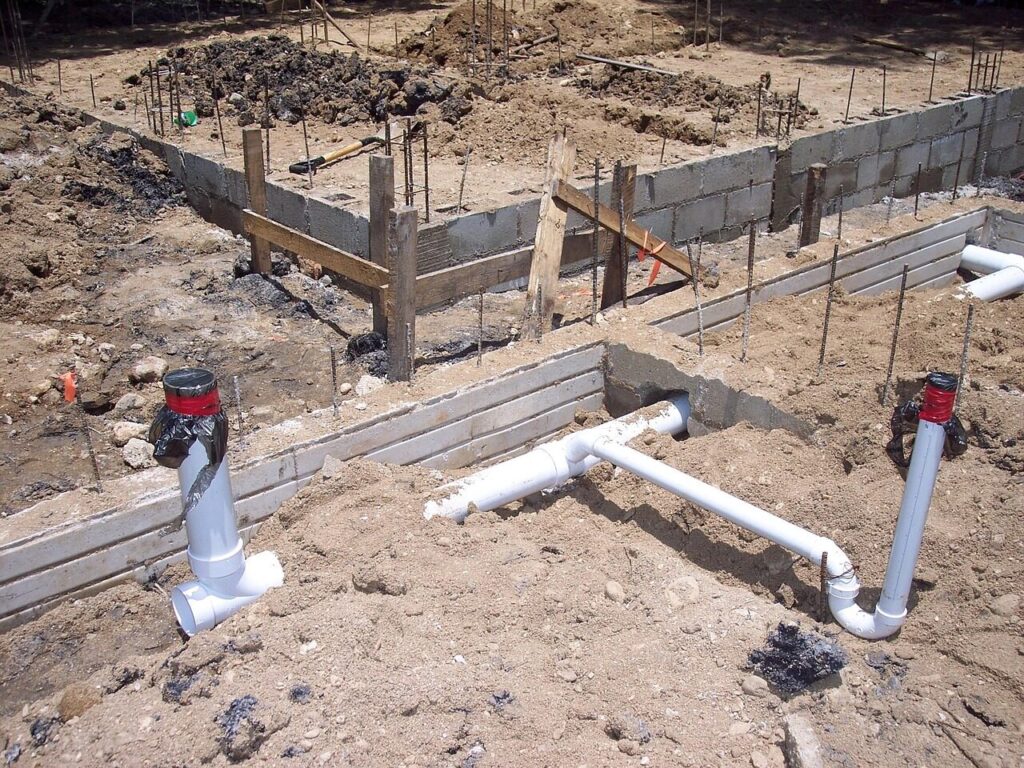
Foundations in older homes, many built before the 1980s, often suffer from gradual settling, moisture intrusion, and shifting soil conditions that weaken their stability over time. When small cracks remain unnoticed, they can expand and allow water to reach deeper structural elements, eventually affecting basement walls and floor levels. Poor drainage systems or outdated construction methods may add stress that homeowners rarely see. With routine inspections and timely sealing or reinforcement, these risks can be managed before they escalate into far more dangerous and expensive structural failures.
2. Electrical Systems
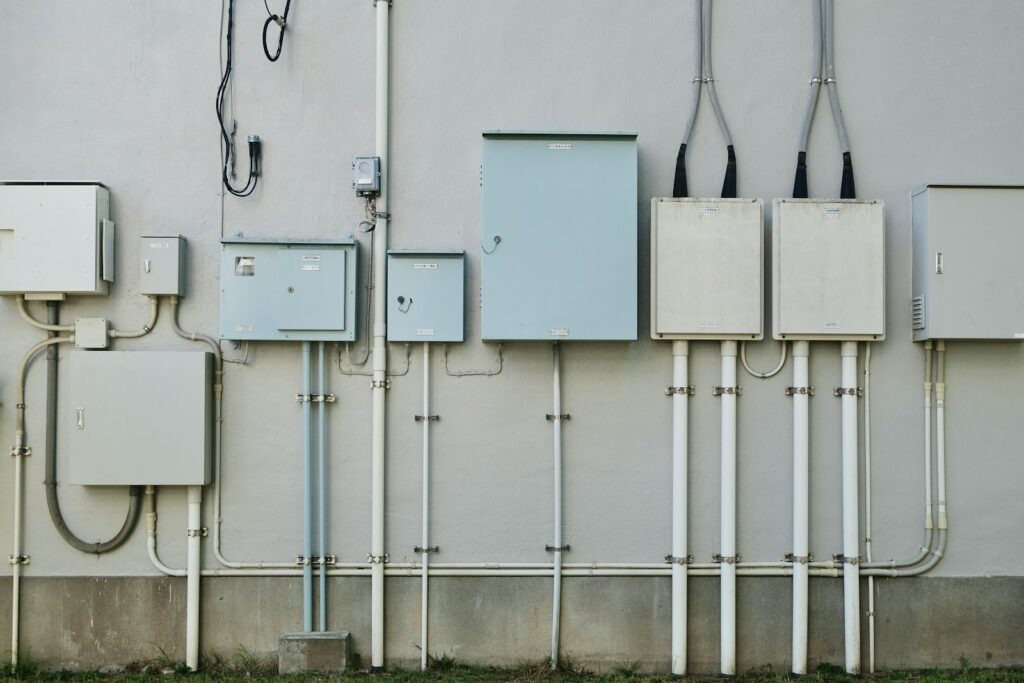
Electrical systems in homes built decades ago, particularly those constructed during the 1960s and 1970s, were never intended to support the volume of electronics and appliances used today. Aging wires, brittle insulation, and outdated fuse boxes can slowly become unsafe, especially when circuits are repeatedly overloaded. Homeowners may notice subtle signs like warm outlets, flickering lights, or frequently tripping breakers, all of which hint at hidden strain. By scheduling routine evaluations and upgrading components, residents can prevent overheating, reduce fire risks, and ensure dependable power throughout the home.
3. Roof Structures
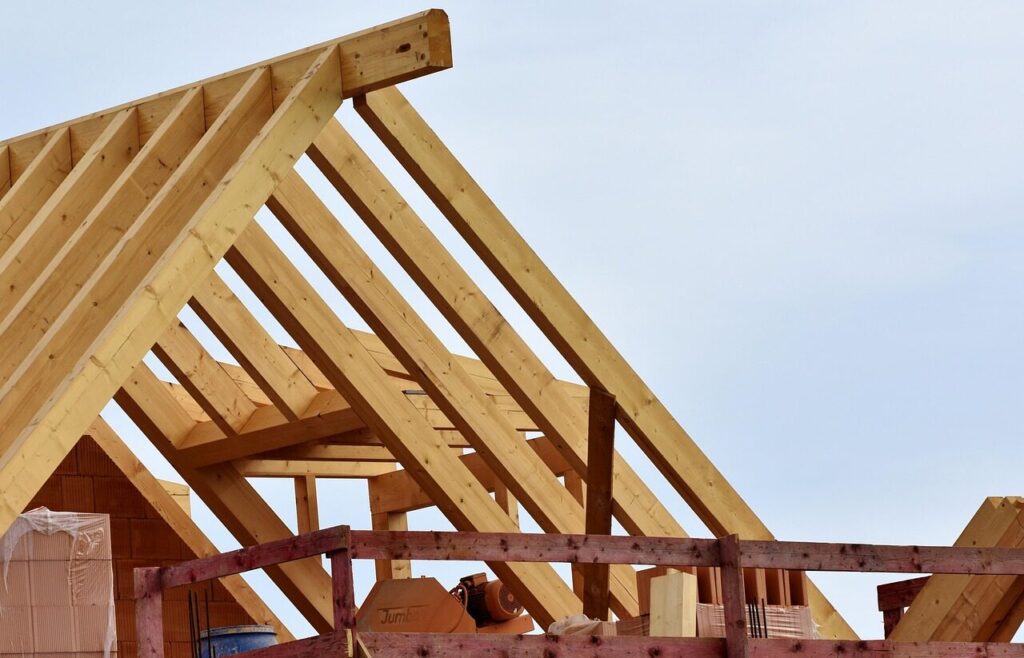
Roofs, especially those installed more than twenty years ago, inevitably weaken after years of sun exposure, heavy rain, and seasonal temperature shifts. Shingles may curl, flashing can loosen, and slow leaks often start long before noticeable stains appear indoors. When ventilation is inadequate or gutters clog repeatedly, trapped moisture can accelerate wood rot and encourage hidden mold beneath the roof deck. With routine inspections, timely patching, and proper maintenance of surrounding drainage systems, homeowners can prevent sagging, costly interior damage, and unexpected roof failures that pose real hazards.
4. Plumbing Networks

Plumbing systems in older homes, especially those built with galvanized steel pipes before the 1970s, frequently experience internal corrosion that worsens slowly over decades. As minerals accumulate and metal deteriorates, water flow becomes restricted, hidden leaks develop, and the likelihood of sudden pipe failures increases dramatically. Homeowners may overlook subtle shifts in water pressure or minor discoloration until the damage spreads. Through routine inspections, timely replacement of aging components, and consistent moisture monitoring, households can avert hazardous flooding and extensive structural repairs.
5. Heating and Cooling Systems
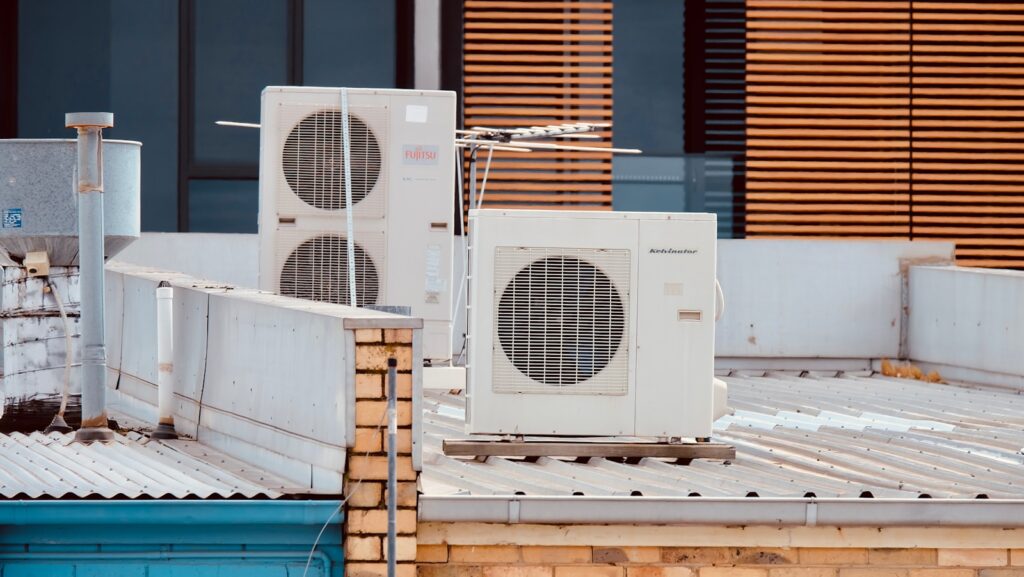
Heating and cooling systems, particularly furnaces and ductwork installed more than fifteen years ago, can become increasingly hazardous when left unmaintained. Dust accumulation, worn belts, loose wiring, and failing sensors may restrict airflow or cause dangerous overheating that often goes unnoticed. Older units may also develop cracks in heat exchangers, raising the risk of carbon monoxide leaks. Without periodic servicing and cleaning, efficiency drops and safety declines. By arranging seasonal tune-ups and replacing fatigued components, homeowners ensure dependable and safe heating and cooling performance.
6. Driveways and Walkways
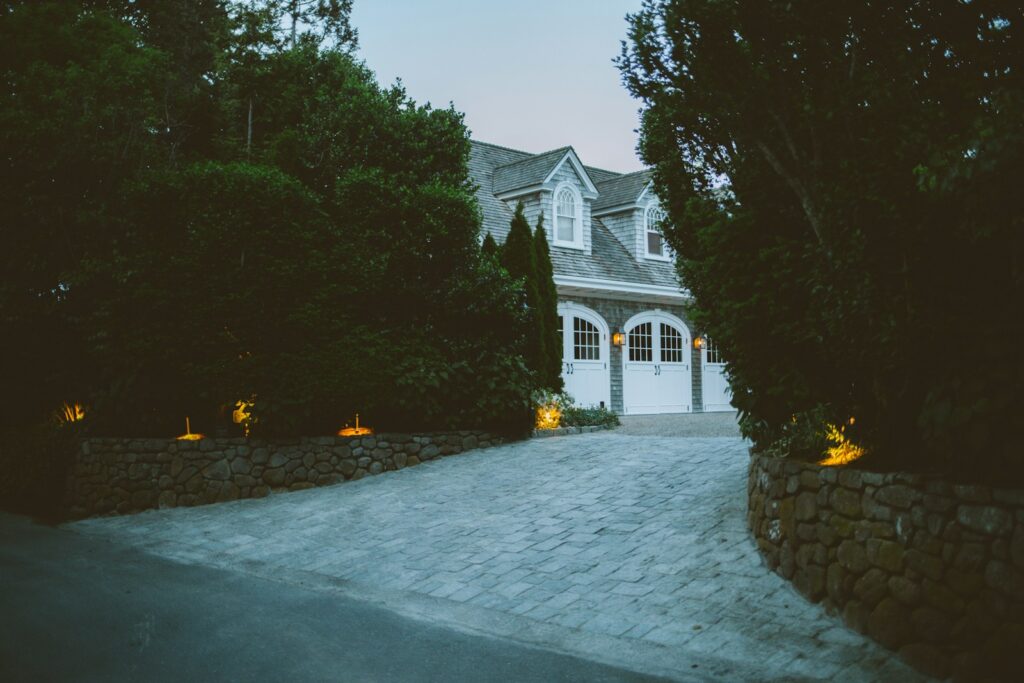
Driveways and walkways, especially those poured decades ago, gradually deteriorate from freeze-thaw cycles, shifting soil, and frequent foot or vehicle traffic. Small cracks slowly widen, creating uneven surfaces that contribute to tripping hazards, pooling water, and drainage issues during storms. When underlying layers weaken or erode, entire sections may lift or sink, making daily movement unsafe for residents and visitors. These subtle changes often go unnoticed until an accident occurs. With routine sealing, resurfacing, and careful monitoring for early surface shifts, homeowners preserve safe and reliable pathways.
7. Garages and Storage Areas

Garages and storage areas may seem low-risk, but older structures built with outdated framing or limited ventilation can become hazardous over time. Moisture buildup can damage wood, attract pests, and encourage mold growth that spreads quietly across walls and stored belongings. Overloaded shelves, weakened joists, or aging hardware may collapse unexpectedly, particularly when heavy tools or equipment are kept overhead. Chemical fumes from paints, cleaners, and fuel containers accumulate in poorly ventilated spaces. Routine inspections, decluttering, and timely repairs ensure these often-ignored areas remain safe and dependable.
Comments